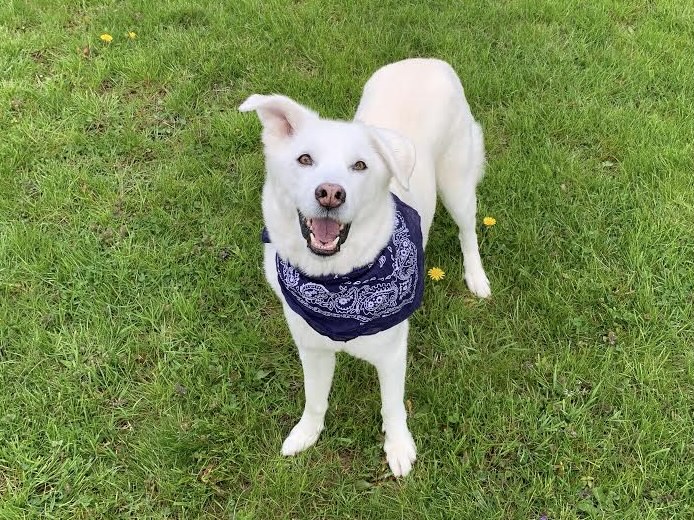Pandemic Pets — Covid-19 taking a toll on pets
Sydney enjoying quality time with her family during the summer of 2020
The fluffy beast has been interrupted from their mid-morning slumber. With a ferocious yawn and exaggerated stretch, it makes its way towards the source of the disturbance. The irritated creature arrives only to confirm that its human has gone absolutely bonkers; doing jumping jacks on a talking book-like mechanism isn’t the weirdest thing they’ve done this week…
Since quarantine began in March, pets all around the world have become accustomed to the constant presence of their owners. The increased time spent at home has strengthened the human-animal bond in a way never seen before. According to the American Psychiatric Association, separation anxiety disorder is an excessive display of either fear or distress when faced with a situation of separation from a specific place, person, or object. Although this definition generally pertains to people, it can be applied to animals.
While all our furry friends have been attached to us by the hip, man’s best friend has been particularly stringent when it comes to being within close proximity. It’s become such a usual occurrence during the pandemic, that many experts believe it’s actually causing our canine’s mental distress. Monique Feyrecilde, a behavioral and wellness specialist for Veterinary Centers of America (VCA), explains what symptoms to look out for.
“The signs most commonly associated with this disorder include vocalizing, salivation, destructive behavior especially at exits like doors and windows, urination or defecation indoors/in unwanted locations, lack of appetite when alone, self-trauma like licking or chewing when alone, and attempted or successful escapes,” Feyrecilde wrote.
While most commonly seen in senior dogs or adopted puppies, separation anxiety can be seen in all canines, even if they come from stable backgrounds. Especially with the extra love, they’ve been receiving during our time at home, our dogs are going to have a very rude awakening as schools and businesses begin to open up.
Thankfully for you and your furry friend, separation anxiety can be treated with time and firm training. The best way to battle separation anxiety with our hounds is through independence training, in which you’ll schedule a routine with your pooch in order to slowly initiate their self-determination. The set schedule, which will include intermits of downtime, playtime, and slowly lengthening your separation time.
“If you are concerned your pet may have separation distress or separation anxiety, reach out to your veterinary team. Observe your pet’s responses to things like departure cues, provide videos of what happened when your pet was alone, and keep a journal of your pet’s behavior,” Feyrecilde said. “All of this information will help your veterinarian establish a diagnosis if appropriate. While you are waiting for your appointment, avoid leaving your pet alone.”
So, while your shaggy comrade observes as you perform aerobics for your virtual gym class, be sure to remember that you are their pride and joy during these unprecedented times.
SOURCES:
https://www.veterinarypracticenews.com/separation-anxiety-treating-dogs-in-the-wake-of-covid-19/


